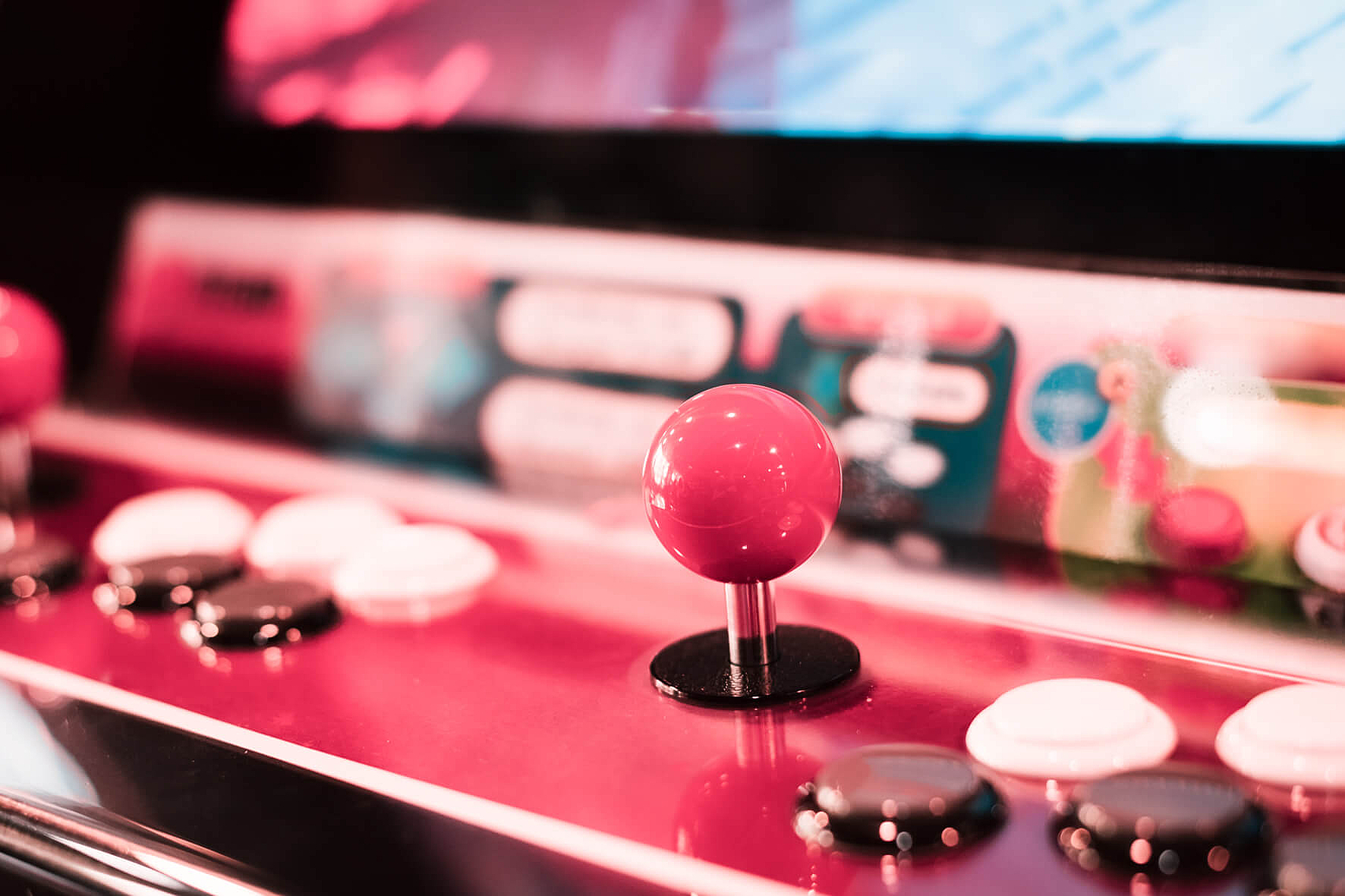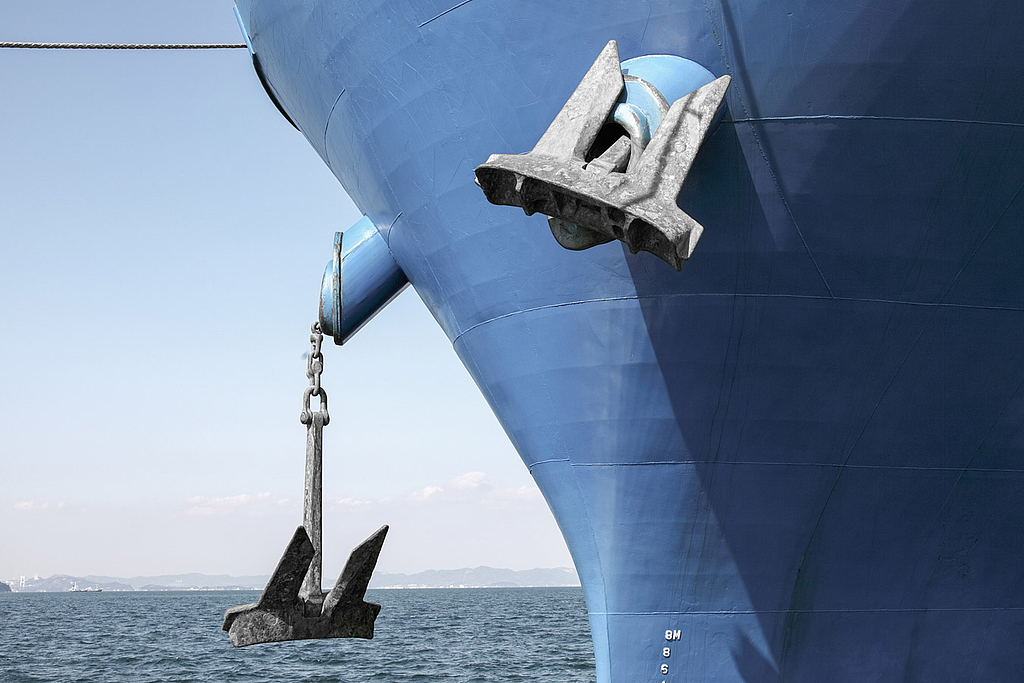How will gamification change the future of our work?
Shall we play a game?
- Facts
Don’t worry if you can’t pull yourself away from those little colorful buttons on your phone’s screen during your lunchbreak, your subway commute, or while waiting at the gate at the airport – you’re in excellent company. At the moment, yours is a passion shared by millions of game enthusiasts. It’s estimated that nearly half of cell phone users in Europe belong to this group, and that’s just the tip of the iceberg.







